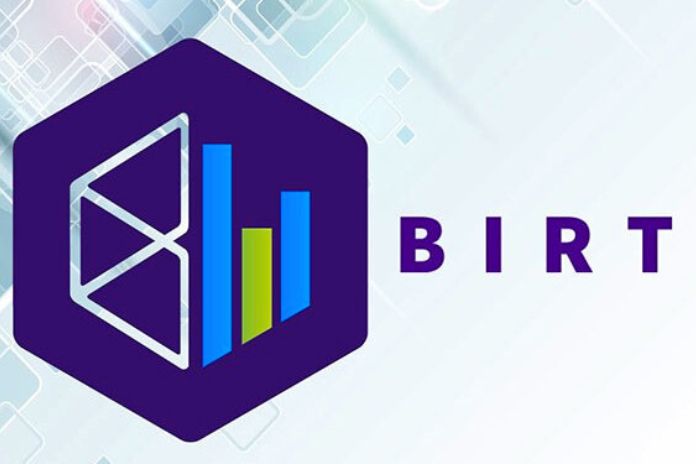BI is the acronym for “Business Intelligence,” which refers to that category of software capable of transforming data into business support information. These solutions “do not generate data” but instead make it possible to enhance the company’s information assets by offering all the tools to analyze, visualize, organize, and understand data.
We have repeatedly talked about Crystal Reports (see these documents ), the leading business intelligence and reporting software.
This article presents “a pretender to the Throne” from the open-source world. Its name is BIRT ( Business Intelligence and Reporting Tools ). It “goes hand in hand” with Eclipse, a development platform created by a consortium of large companies such as Ericsson, HP, IBM, Intel, MontaVista Software, QNX, SAP, and Serena Software.
Developed in Java, Eclipse provides the developer with the tools for creating various kinds of software in Java, C++, or other languages , thanks to the application of special plug-ins.
Although BIRT has now had the disadvantage of winking at developers a little too much (while generally, those who use business intelligence tools are not…), the product – starting from the release of the second version – is very grown up. In BIRT, for example, new reports are available, and the possibility of using a greater number of graphs is given. Finally, it is easier to create templates to be reused later.
In short, BIRT is entering the world that has always been dominated by Crystal Reports, which, however, remains even richer and more complete. An essential requirement for installing BIRT is the presence of the Java runtime environment (JRE) on the system (we recommend checking that you have installed the most updated version, free from security vulnerabilities). The latest version of the JRE from Sun can be downloaded by referring to this page.
Downloading and starting the setup of the “All-in-One” version of BIRT (see this page ) will install, in addition to BIRT, also the Eclipse IDE, the “Graphic Editor Framework” (GEF) – plug-in for Eclipse used for displaying the graphical interface – and the “Eclipse Modeling Framework” (EMF) – used by BIRT for generating graphs – essential requirements.BIRT can also be translated into our language by downloading and applying the appropriate “language pack” (see this page for download).
However, it should be noted that several days may pass before the translation of a new version of BIRT, which has just been made available, is released. To apply the “language pack,” it is sufficient to open the compressed zip file and then extract its contents in the folder where Eclipse is installed. You will have to make sure, therefore, by selecting the Windows menu, Preferences, then the Report section (Prospectus design), and Preview (Preview) that “Italian (Italy)” is displayed in the drop-down menu relating to the international settings. Starting to try out the use of BIRTH, first of all, it is necessary to create a new work project and then a new report (called “prospectus” in the “Italianised’ ‘ version of the product). BIRT proposes using several basic templates for the report you are about to create.
In the right part of the window, BIRT displays a window summarizing the steps leading to the creation of the report (choice of a data source, creation of a dataset, linking data to the elements making up the report). The main window of BIRT shows the structure of the report. The “tab” called “Main page” or (“Master page”) can be used to manage the header and footer of the report. The “Scripts” tab can add code to be executed when particular events occur. Clicking on “Preview” makes it possible to check how the final report will look while the code that generates the report under development is inserted in “XML Source.”
ALSO READ: Organize Work In The Company With SugarCRM


